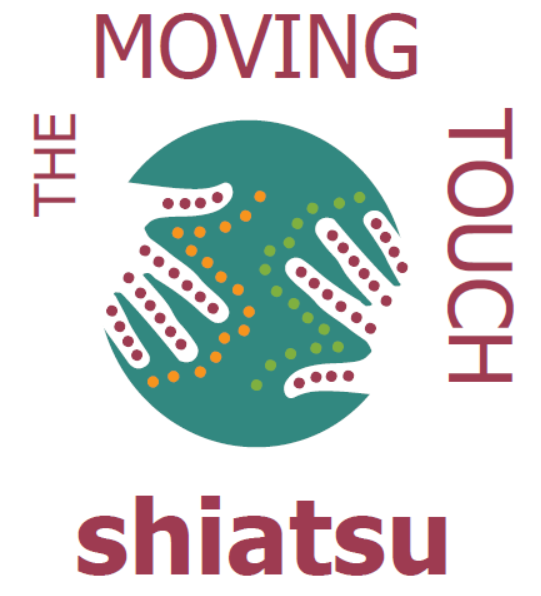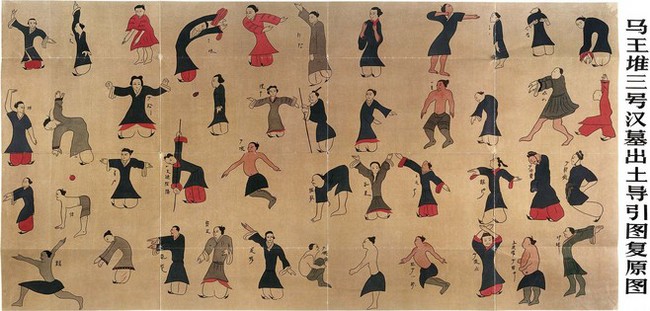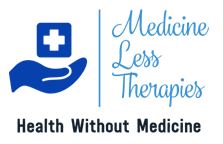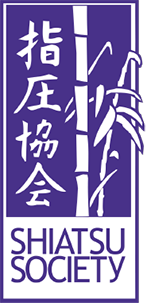
Shiatsu:
- Shiatsu is a form of therapeutic bodywork from Japan. It uses kneading, pressing, soothing, tapping, and stretching techniques and is performed without oils through light, comfortable clothing.
- “Shiatsu” translates as “finger pressure.” There are different styles of Shiatsu, all of which have roots in one of three systems that developed in Japan in the early 1900s as a result of a resurgence of Japan’s traditional medical therapies, including acupuncture and anma massage.

- Shiatsu developed at this time from the integration of traditional Japanese manual therapies with modern western medical knowledge.
- In the U.S., Shiatsu is one of the main therapies within the larger profession of Asian Bodywork Therapy.
Benefits of Shiatsu:
- Shiatsu is a non-invasive therapy that may help reduce stress and contribute to overall wellbeing. Proponents believe that it has both preventative and remedial effects.
- Shiatsu can be used in the treatment of a wide range of internal, musculoskeletal, and emotional conditions.

- It is thought to reduce muscle stiffness, stimulate the skin, aid digestion, and influence the nervous system.
- Shiatsu is used to treat a wide range of chronic conditions, such as headaches, PMS, digestive disorders, fatigue, insomnia, fibromyalgia, stress, anxiety, and muskuloskeletal pain, including low back, neck, and joint pain.
- The effect may be stimulating and invigorating or calming and sedative, depending on the goal of the session.
History of Shiatsu:
- Massage, along with acupuncture and herbalism, was for centuries an integral part of traditional Chinese medicine, which was introduced to Japan by a Buddhist monk in the 6th century.
- The Japanese developed and refined many of its methods to suit their own physiology, temperament and climate.
- In particular, they developed the manual healing and diagnostic arts, evolving special techniques of abdominal diagnosis, treatment and massage, which are used in shiatsu today.

Mawangdui medical manuscripts are a rich tapestry that weaves together medicines of Yin and Yang.
- However, the practice of massage known by the old name of anma (anmo or tuina in China) became gradually divorced from medicine and more associated with relaxation and pleasure.
- Certain practitioners were concerned to preserve massage and related techniques as an accepted healing art.
- In the early part of the 20th century, one such practitioner, Tamai Tempaku, incorporated the newer Western sciences of anatomy and physiology and disciplines such as physiotherapy and chiropractic into several older methods of treatment.
- Originally he used the term shiatsu ryoho or finger pressure way of healing, then shiatsu ho or finger pressure method.
- Now known simply as Shiatsu, it was officially recognized as a therapy by the Japanese Government in 1964, so distinguishing it from anma and Western massage.
According to the Shiatsu Society:
- Today, Shiatsu has a number of different styles, philosophical approaches and theoretical bases and practitioners around the world are still evolving new approaches to treatment.
- Some concentrate on acupressure (acupuncture) points, while others [emphasize] more general work on the body or along the pathways of energy to influence the [qi] that flows in them.

